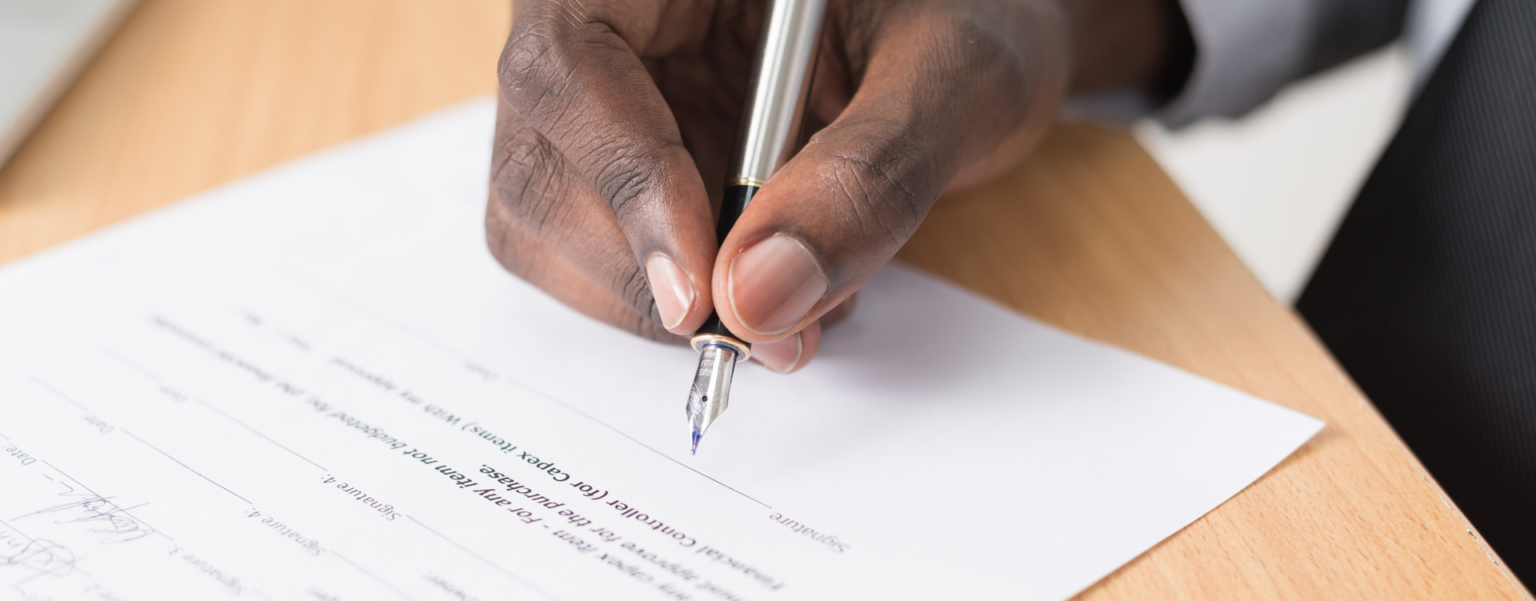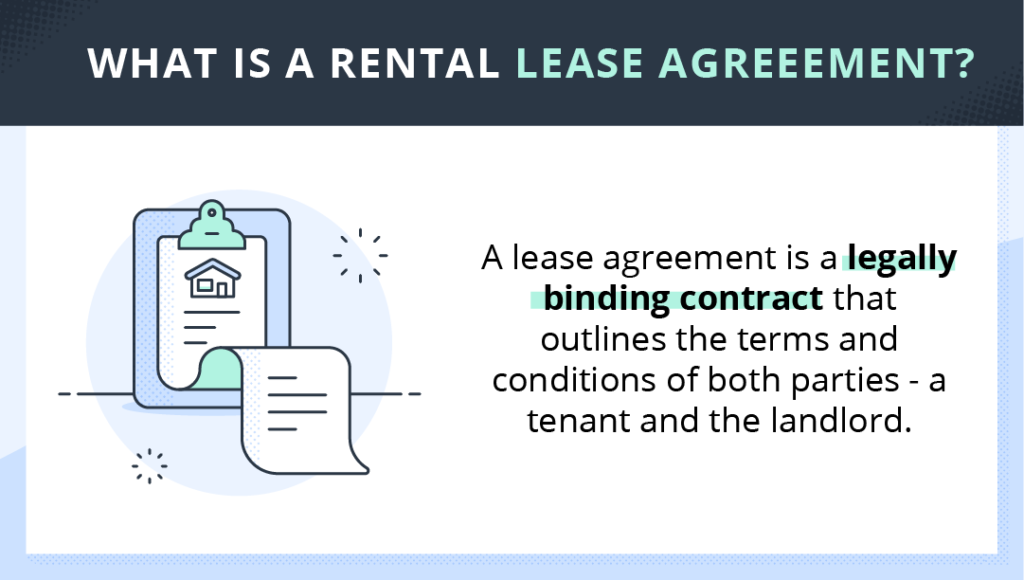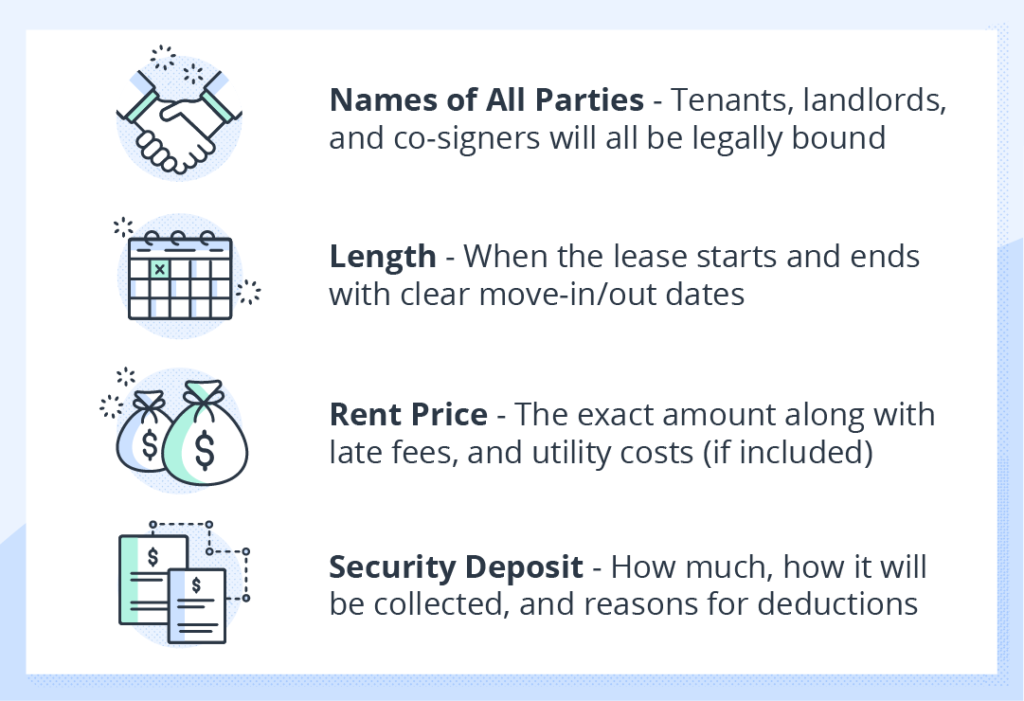A lease agreement is a legally binding contract that outlines the terms and conditions of both parties – the tenant and the landlord – and it’s one of the most important aspects of renting. Renters and landlords will sign a rental lease agreement to outline the terms and conditions for both parties that are legally binding.
A standard lease agreement includes basic but important terms when it comes to renting. Remember, state and local laws regarding lease agreements and renting will differ everywhere, so it’s important to be familiar with your area’s requirements. Continue reading as we guide you through the most common sections on a standard lease agreement.
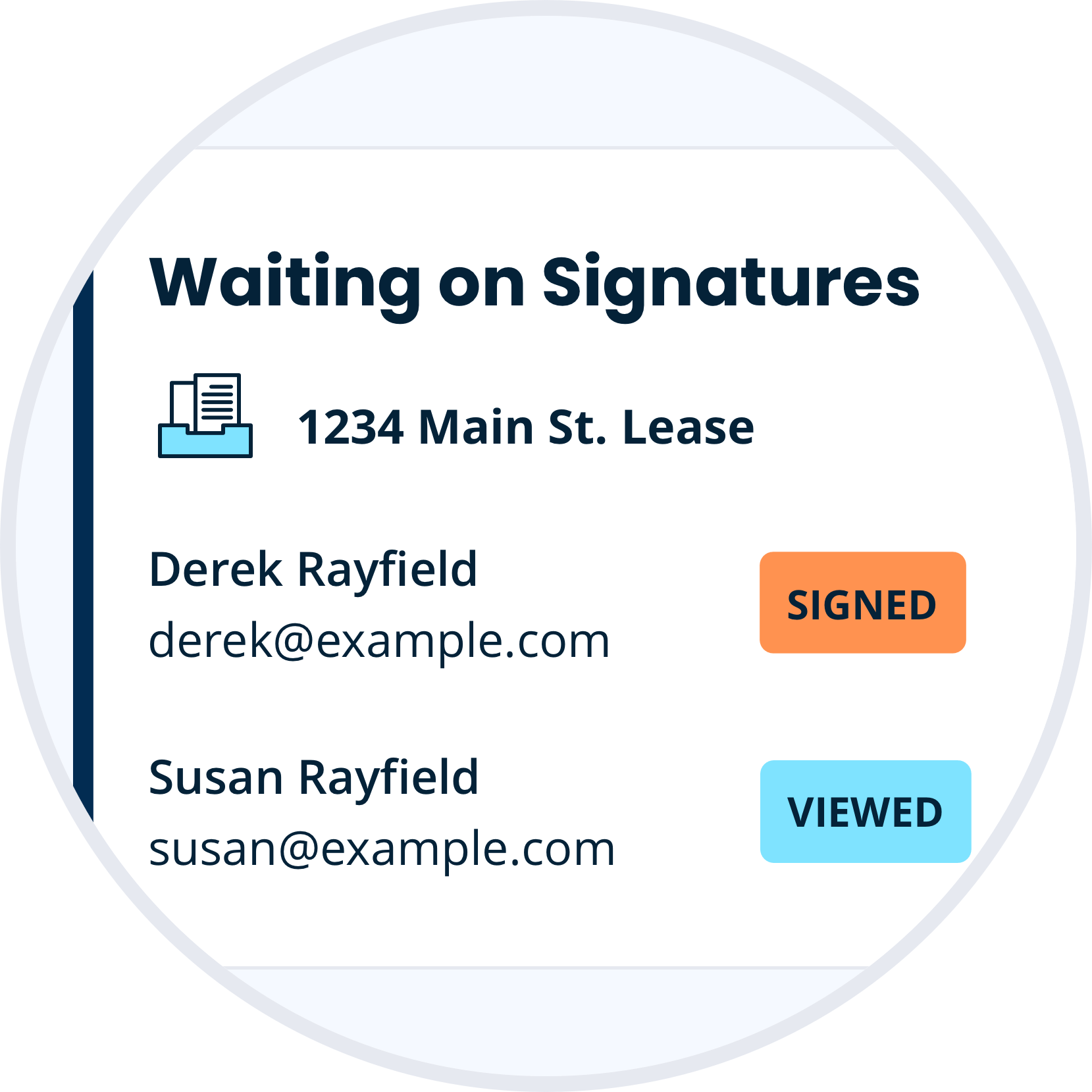
Create a Custom Lease Agreement
Set up customizable lease agreements right in your TurboTenant account! Purchase a single lease agreement, or subscribe and receive unlimited lease agreements, plus electronic signatures and landlord forms.
Lease Agreement Definition
The terms lease and rent are often used interchangeably, but there is a difference when talking about a standard lease agreement. The duration of a standard lease agreement is usually one year, or sometimes less, but is a long-term fixed agreement. A rental, such as a vacation home, usually is more short-term such as six months or less.
The definition of a lease agreement is a legally binding contract that stipulates the duties of each party which can be enforced on both ends. Not all leases will look the same, but most will have standard sections that contain important details both parties need to know – if either the tenant or landlord breaks the lease, there are certain protocols or legal actions that will follow depending on where you are located.
Typical Lease Agreement Sections
As we mentioned previously, every lease will look different due to location and specific property details, but most will include these ten standard sections:
1: Names of All Parties Involved
Just like any legal document, a lease agreement will include the names of those entering into the lease – this includes every tenant that will be occupying the rental unit as well as the landlord. If there is a co-signer with the renter, they will also have to sign the lease agreement. Having everyone’s names and signatures ensures that everyone is legally bound by the agreement and if it is broken, they will be held responsible. If you need instructions on how to add a co-signer to a lease, please click on this guide.
2: Length, Terms, and Occupancy
A lease agreement will include the length of the terms, or when it starts and when it ends so it is clear to both parties. A standard lease is usually one-year but can be more or less depending on the landlord. For example, in college towns, many landlords offer nine-month leases for students who typically leave during the summer months. This section will also include when renters can move in when they can move out, and how many days notice they must give before they move out. It will also state the occupancy and rules regarding the number of tenants and rules on guests.
3: Property Address and Location
The address is an important and obvious detail that will be in the lease, but along with stating where the unit is located, this section might also describe the type of rental it is, such as an apartment or house, so there is no confusion of what is included and being offered in the lease terms.
4: Rent Price, Late Fees, and Utilities
Outlining exactly what the rent price will be is vital. Additionally, you should include how they will pay rent, whether it’s online or through traditional methods, when rent is due, and late fees that will occur if a tenant missed rent. Showing the exact dates rent is due for the lease period is a good tip to help renters remember better. Utilities are also important to include and will vary for every unit – decide ahead of time if utilities will be included in the rental price or if a tenant will pay for them independently.
5: Amenities
Amenities should be listed in the lease along with details on what they are, when they can use them, and how to access them. Every rental property will be different, but some common amenities might be a clubhouse, pool, or trash service. If your property doesn’t have amenities, you can list there aren’t any, or feel free to leave it out.
6: Security Deposit/Late Fees
Typically, landlords will collect a security deposit at the start of the lease and it will be returned at the end – possibly with deductions if there was damage to the property. Your lease agreement should outline how much the security deposit is, the process it will be collected and returned, and the reasons there could be possible deductions – such as the condition of the rental property, damages, and if there will need to be repairs done. Learn what constitutes normal wear and tear, and download our move-in and move-out checklist.
7: Maintenance and Alterations
The maintenance section of a lease should describe how maintenance requests work. It’s important to outline when a landlord can enter the property and if there is a specific maintenance person renters need to call. If you aren’t familiar with how long a landlord has to fix something, learn more from our blog on landlord repair timelines. Additionally, landlords should describe what alterations renters can make to the property such as holes in the walls, mounting things, or painting.
8: Pets and Smoking
A standard lease agreement should include the pet policy – for example if pets are even allowed, what types of pets are allowed, and whether there is pet rent or a pet deposit. Most pet deposits are non-refundable due to the fact that landlords might need to make minor repairs from pets after the tenancy has ended. After the pet section, it’s also important to clarify if it is a smoking or non-smoking rental. If it is a complex, you might describe designated smoking areas available to tenants.
9: Parking and Keys
Another more basic, but important thing in a standard lease agreement would be how parking works. You should include if they will need a pass or are free to park wherever. Along with this, the lease should describe how many keys and the type of key (standard or a key fob) a renter will need while living in the rental property. In addition to the actual property keys, tenants might need more details on how to access amenities, passcodes, etc.
10: Access to Property
While you will need to check local and state laws, a lease agreement should include the landlord’s right to access the property if there is a maintenance request or an emergency. Including this in the lease agreement helps prevent future problems or claims of illegal entry – renters should be familiar when a landlord can enter the property and what types of access they have so everyone can be on the same page.
When it comes to a lease agreement, remember, while there are standard sections most people will have, every state has its own laws regarding lease agreements, but these standard sections and details will most likely be included. Always do your research and know of specific requirements regarding residential leases in your area to keep you and your rental business protected. Before you offer a lease agreement, make sure you complete thorough tenant screening and background check to make sure you find the best tenant for your property.
Lease Agreement FAQs
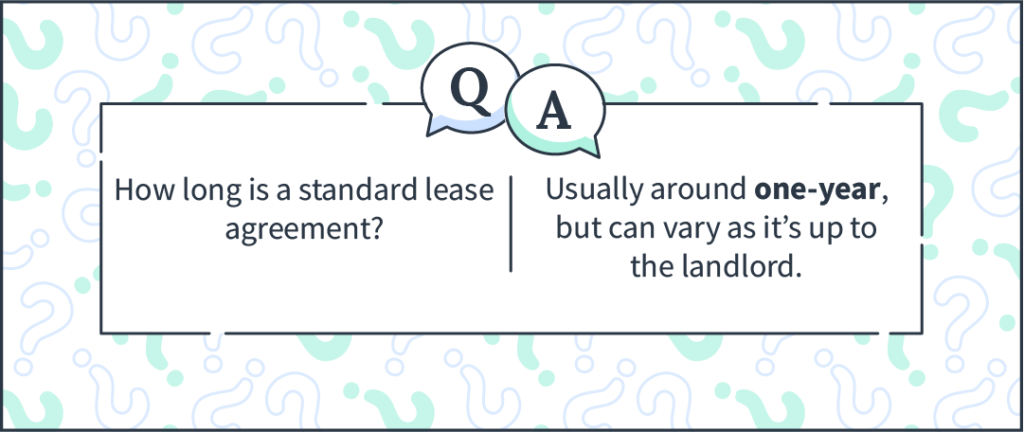
What’s a lease agreement?
A lease agreement is a legally binding contract that outlines the terms and conditions for the landlord and tenant entering the agreement.
How long is a lease agreement?
A standard lease agreement can vary with a typical length of one year, however, it is up to the landlord to decide what is best for their property. Six-month leases, two-year leases, or month-to-month are also options.
What happens when someone breaks a lease agreement?
Check out this guide on breaking a lease agreement to understand the potential legal repercussions when either a landlord or tenant violates the terms of the contract. Regardless, following local and state laws when it comes to breaking a lease agreement is vital.
Who signs the lease agreement?
All parties involved in the agreement must sign the lease for it to be legally binding. This includes the renter(s), the landlord, and a possible co-signer. To streamline your rental process for an easy and secure way, especially with multiple tenants, you can consider e-signing the lease agreement, but physical signatures will also work.
Should I have a lawyer review my lease agreement?
If you write your own lease agreement, you should make sure everything is within the legal bounds of where you live. TurboTenant’s state-specific online lease agreements were created with local landlords and lawyers, but we still recommend you have your lease reviewed by a lawyer for any customizations you added.
Disclaimer: TurboTenant, Inc does not provide legal advice. This material has been prepared for informational purposes only. All users are advised to check all applicable local, state and federal laws and consult legal counsel should questions arise.

Create a Custom Lease Agreement
Set up customizable lease agreements right in your TurboTenant account! Purchase a single lease agreement, or subscribe and receive unlimited lease agreements, plus electronic signatures and landlord forms.
